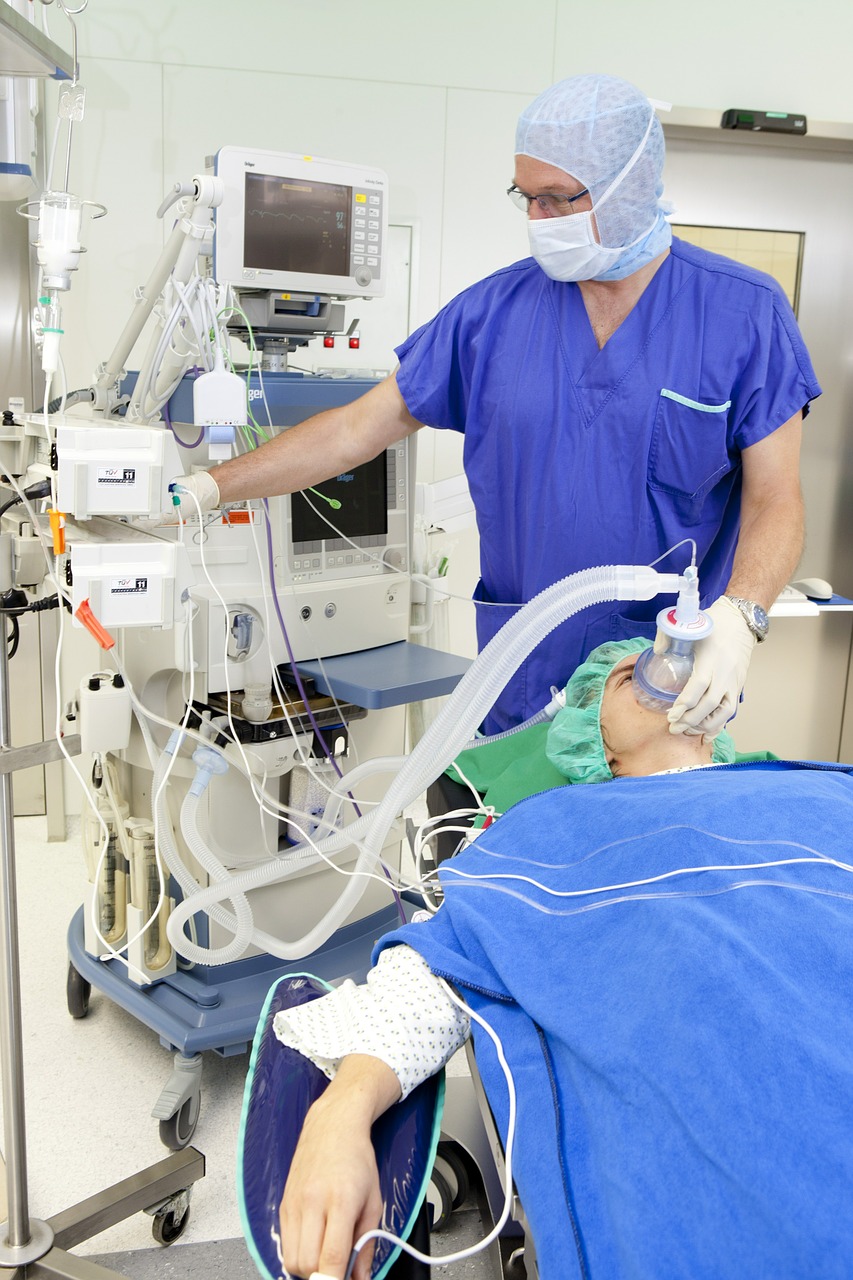What is Peritoneal Dialysis?
Peritoneal dialysis (PD) is a technique used to remove waste products from the blood through the instillation of fluid into the abdominal cavity. Fluid is placed into the abdominal cavity and left for several hours after which it is removed. The fluid removed contains both wastes and extra fluid from the body. The special fluid used in this process is instilled and subsequently removed through a Peritoneal Dialysis Catheter.
Types of Peritoneal Dialysis
Three different types of peritoneal dialysis are available:
- Continuous ambulatory peritoneal dialysis (CAPD)
- Continuous cyclic peritoneal dialysis (CCPD)
- Intermittent peritoneal dialysis (IPD)
What is a Peritoneal Dialysis Catheter?
A special tube that is placed, during a short surgical procedure, into the abdomen which allows for the instillation and evacuation of fluid used in peritoneal dialysis. Placement of the catheter is usually done 10-14 days before dialysis starts. Some types of peritoneal dialysis catheters may be used immediately (acute-use catheters). However, because of a high risk of complications with prolonged use, these catheters are not commonly used. A peritoneal dialysis catheter typically lasts about 3 years before needing replaced.
These treatment can be done at home, at work or while travelling. But for everyone with kidney failure, peritoneal dialysis isn't an option. You need manual dexterity and home care capability or you need a competent caregiver.
How is a Peritoneal Dialysis Catheter placed?
We used a laparoscopic-assisted method for placement of the PD catheter to ensure proper placement and function. The procedure includes an omentopexy, which means that the omentum, a fatty apron-like fold of visceral peritoneum that hangs down from the stomach, is put away from the catheter, this prevents the omentum from wrapping around the catheter, thus, obstructing it. This type of surgery is called Peritoneal Catheter Surgery.
Why Peritoneal Dialysis (PD) is required?
If your kidneys are no longer functioning well enough you need dialysis. Kidney damage usually develops over a number of years due to long-term conditions, such as:
- Diabetes
- High blood pressure
- Kidney inflammation
- Multiple cysts in the kidneys
Peritoneal Dialysis vs Hemodialysis
Peritoneal dialysis (PD) and Hemodialysis (HD) are alternatives for dialysis in patients with end-stage renal disease where preemptive kidney transplantation is not feasible.
During hemodialysis (HD), blood is pumped out of your body to an artificial kidney system, and tubes that connect you to the machine return to your body. In peritoneal dialysis (PD), your own inner stomach lining acts as a natural filter.

